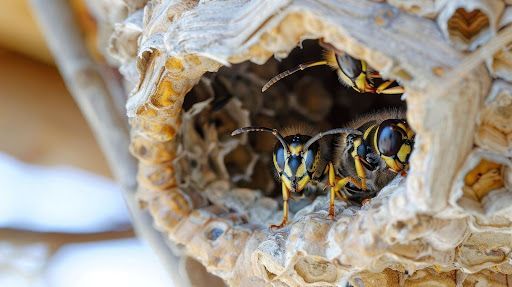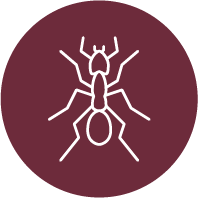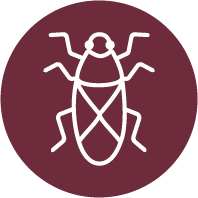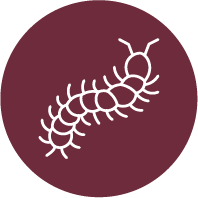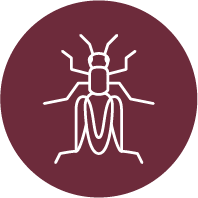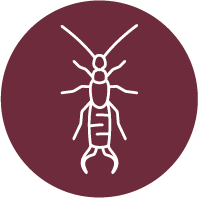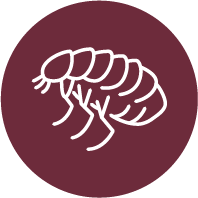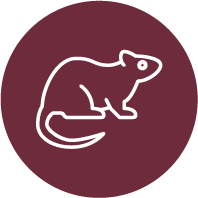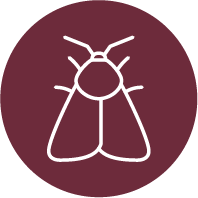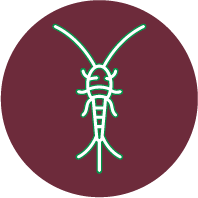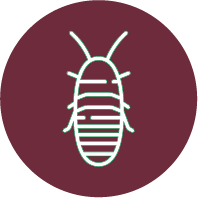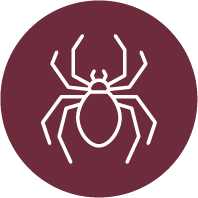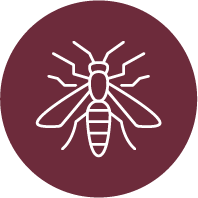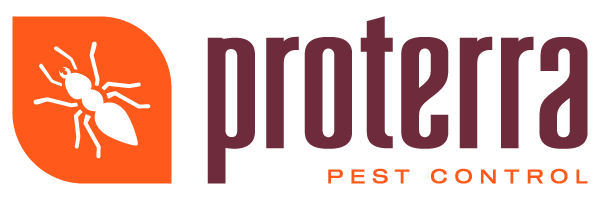Attic Pest Inspection: Key Steps for a Pest-Free Home
Attics, often forgotten spaces in our homes, can become breeding grounds for pests. These hidden areas are crucial to maintaining a healthy living environment. Regular inspections and preventative measures are key to avoiding pest infestations. This guide provides essential steps for homeowners to ensure their attics remain pest-free.
Identifying Common Attic Pests
Rodents
Rodents, including rats and mice, are common attic invaders attracted by warmth and potential food sources. Their presence is often indicated by droppings, gnaw marks on wood and wires, and rustling noises. Timely identification of these signs is crucial in preventing electrical damage and health risks. Regularly checking for gaps and entry points can help in keeping these pests at bay.
Insects
Insects such as termites, carpenter ants, and various types of beetles can cause significant structural damage. They thrive in the wood and damp environments often found in attics. Spotting fine sawdust or hollowed wood can signal their presence. Preventing moisture accumulation and wood decay is vital in controlling these pests.
Birds and Bats
Birds and bats may choose attics for nesting, which can lead to an accumulation of droppings and feathers. These can cause health problems and attract other pests. Their entry can be through small openings or damaged roofing. Ensuring proper attic ventilation and sealing potential entry points are effective measures against these intruders.
Conducting a Thorough Inspection
Visual Inspection
A comprehensive visual inspection is the first step in identifying a pest problem. Homeowners should look for signs like droppings, nests, and structural damage. Regular checks of the attic, particularly in corners and less visible areas, are crucial. Using a flashlight and protective gear is advisable during these inspections.
Using Tools
Tools such as mirrors, flashlights, and protective clothing are essential for a thorough inspection. They help in examining hard-to-reach areas and protecting against potential hazards. Cameras or smartphones can be used to document signs of infestations. This documentation is useful for both monitoring and professional consultations.
Seeking Professional Help
If there are signs of severe infestation or inaccessible areas, seeking professional help is recommended. Pest control experts can conduct more detailed inspections and offer effective solutions. They have the expertise and equipment to handle a wide range of pest issues safely and effectively.
Preventive Measures
Sealing Entry Points
Closing all potential entry points is a critical preventive step. This includes sealing cracks, holes, and gaps in the attic. Regular maintenance helps in identifying and addressing these vulnerabilities. Sealing these points not only prevents pests from entering but also enhances energy efficiency.
Proper Insulation
Proper insulation of the attic deters pests by eliminating the cozy environment they seek. It also helps in regulating temperature and reducing moisture. Regular checks on the condition of the insulation can prevent many pest issues.
Regular Cleaning
Maintaining a clean and clutter-free attic can significantly reduce the risk of pest infestations. Debris and clutter provide hiding and nesting spots for pests. Regularly clearing out old items and keeping the space tidy are effective preventive measures.
Monitoring Humidity Levels
Controlling humidity levels in the attic is essential in deterring pests. Many pests are attracted to moist environments, so reducing humidity can make the attic less inviting. Dehumidifiers and proper ventilation are effective tools in maintaining optimal humidity levels.
Maintaining a pest-free attic is an important aspect of home care. Regular inspections, preventive measures, and prompt action at the first sign of infestation are key to avoiding larger issues. Homeowners can take these steps to protect their homes from damage and health risks associated with pests. A proactive approach to attic care ensures a safe and healthy living environment.
Ready to safeguard your home against attic pests? Contact us today for a professional inspection and tailored solutions to keep your home pest-free and protected.

